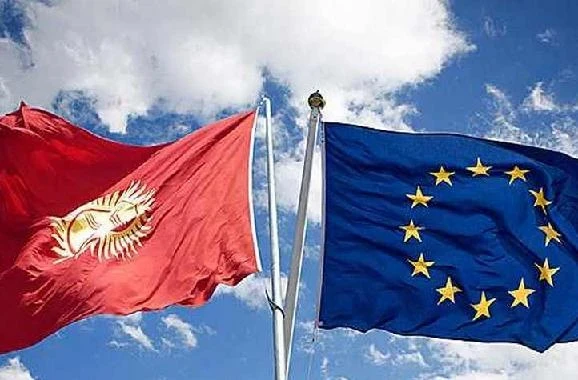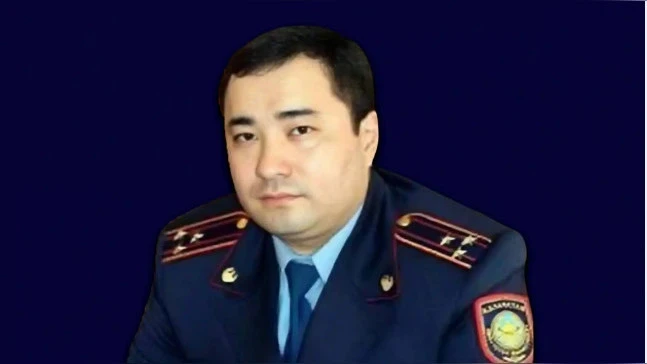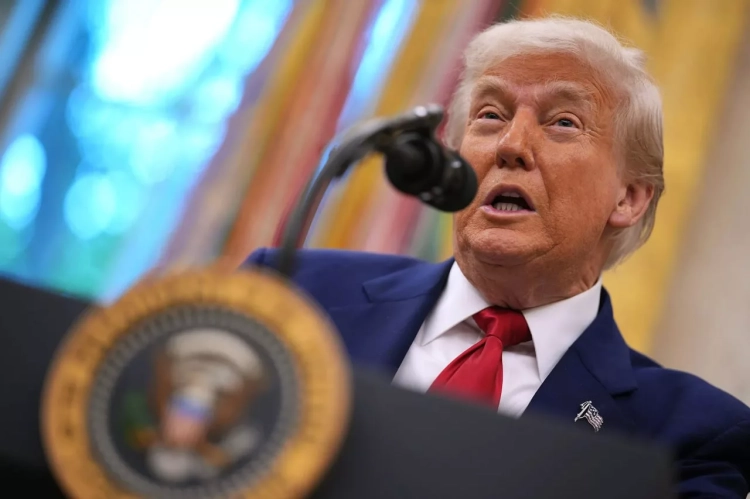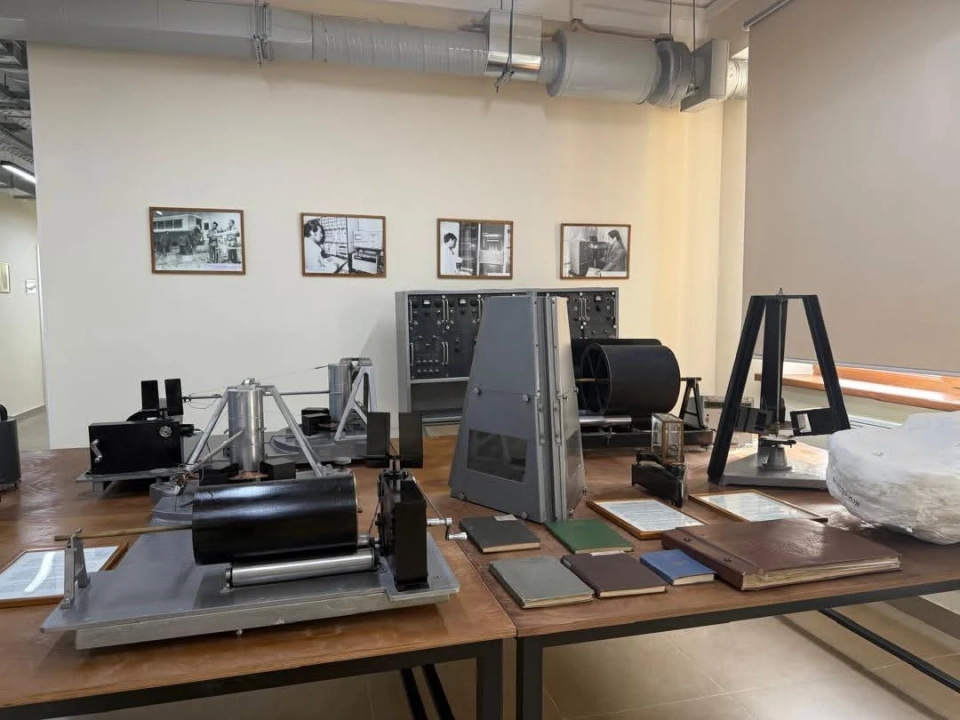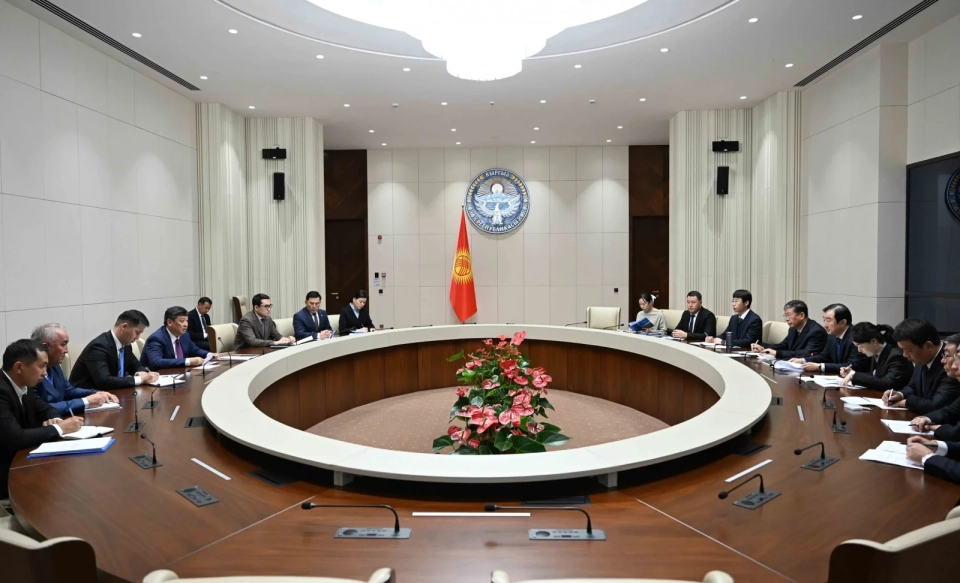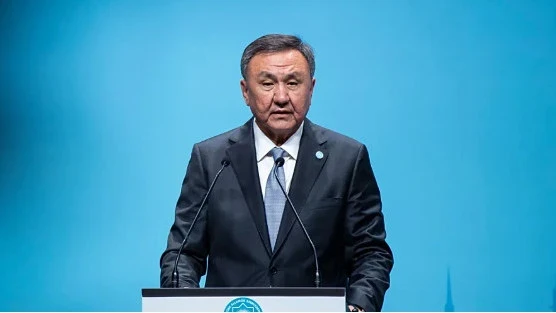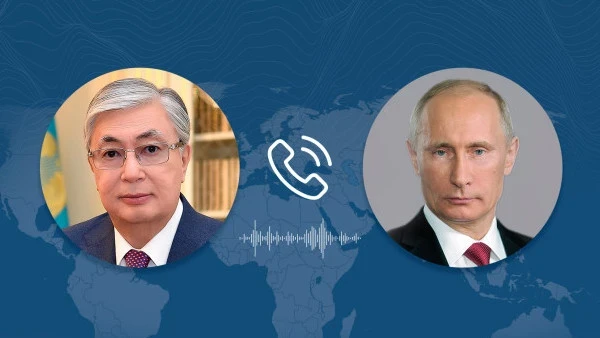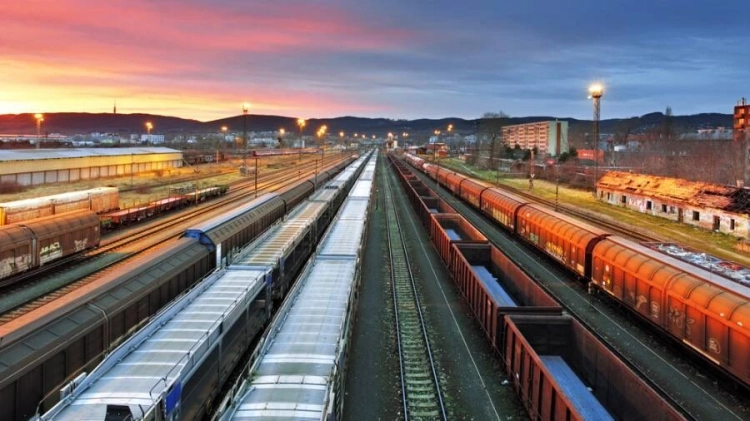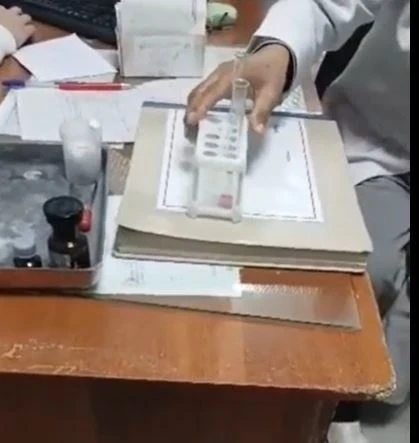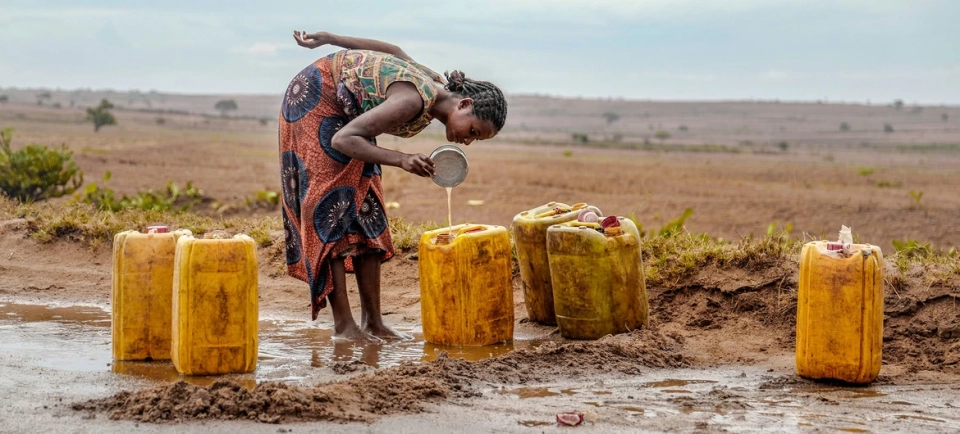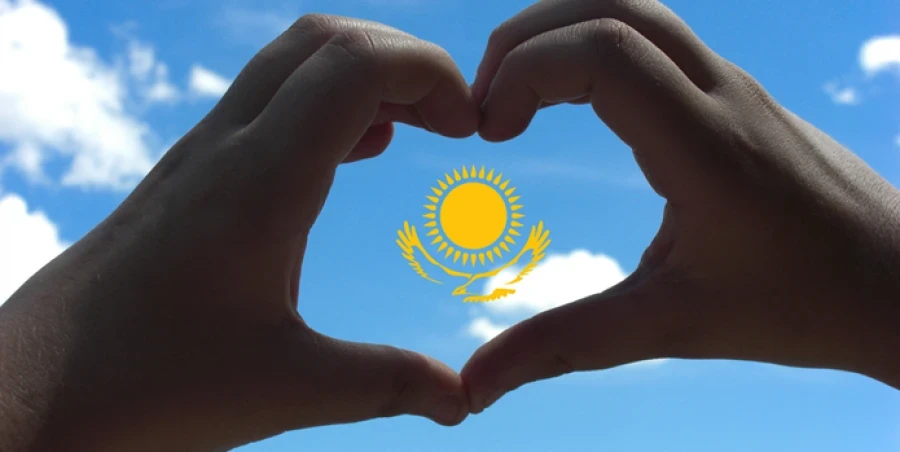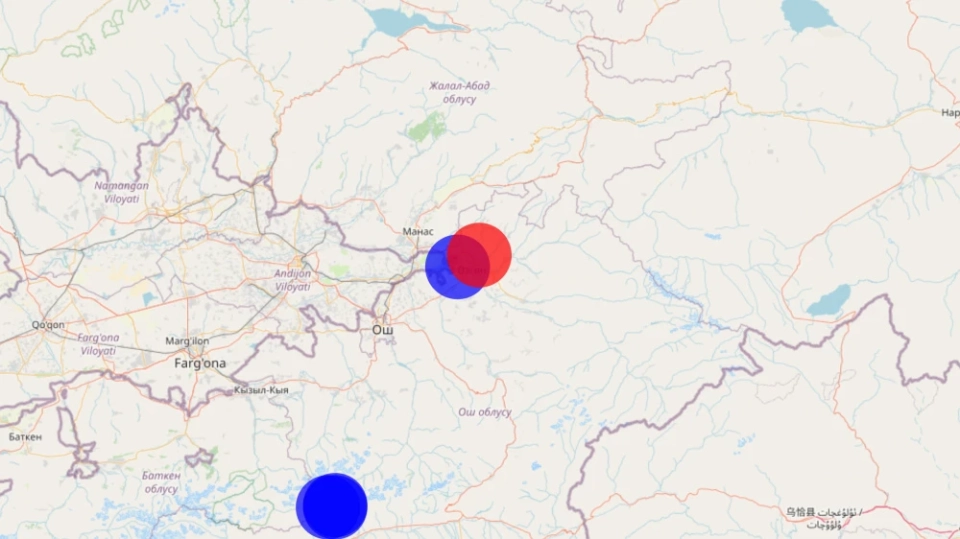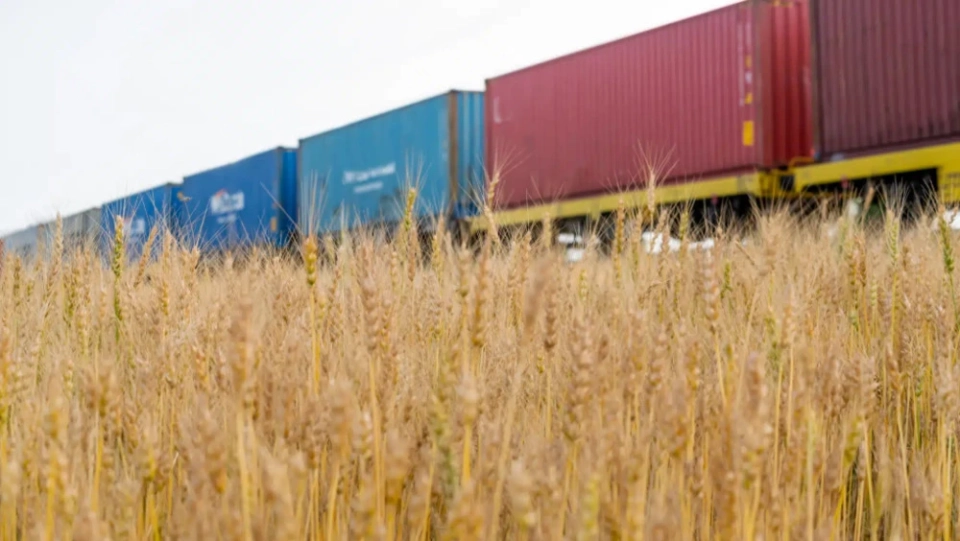According to Bazhkenova, the billions of dollars that disappear at customs end up in the hands of smugglers. The impunity of these groups is linked to the support of high-ranking officials, which allows them to operate without fear. The situation at the border between Kazakhstan and China is known not only to entrepreneurs but also to officials who discuss it in private but do not dare to voice it publicly.
Well-Known Facts
For many years, billions of tenge have disappeared at customs, while criminal groups use tactics of "protection," bribery, and intimidation, remaining unpunished due to the support of high-ranking officials.
Everyone knew about the situation at the border, but no one dared to speak about it openly.
However, the truth soon came to light: Kazakhstan's President Kassym-Jomart Tokayev stated in parliament that large sums of money are disappearing at the border, harming the state budget:
“There is real chaos at the border with China. Vehicles are not inspected, taxes and duties are not paid. The discrepancy in statistics with the Chinese customs authorities reaches billions of dollars. There are certain 'authorized operators' who enjoy immunity. The country is losing tens of billions of tenge in taxes. This cannot continue.”
Before Kantara, the largest shortfall at the border with the PRC was recorded in 2019 — $7.6 billion.
The president noted that the key to the disappearing billions is smuggling at the border crossings between Kazakhstan and China.
Problems at the Kazakhstan-China border have become one of the symbols of "Old Kazakhstan," and everyone knew that the "first family" was behind it. However, evidence of violations by the companies of Dinara Nazarbayeva and others remains unproven to this day.
In January 2022, Tokayev stated:
“Together we will overcome all difficulties. Together we will create a 'New Kazakhstan,'” said the president at that time.
Almost four years have passed since then, but many schemes continue to operate, as reflected in Gulnara Bazhkenova's investigation.
During the research, she met with various participants in the processes at "Horgos," including drivers, freight forwarders, and logistics directors, analyzed open data and customs reports.
“I communicated with experts under conditions of confidentiality. Based on the collected information, I will discuss facts, both well-known and known in narrow circles. But, as with the Nazarbayev syndicate, they will never be proven without the intervention of competent authorities,” said Gulnara Bazhkenova.
Facts and Figures
After January 2022, when the influence of the Nazarbayevs at the border weakened, the gap in statistics between China and Kazakhstan continued to grow, reaching a record in 2024.
According to data from the Chinese global UN database, exports to Kazakhstan amounted to $27.95 billion, while imports from China according to Kazakh data were $15.15 billion.
China counts exports, while Kazakhstan counts imports, with Kazakh statistics accounting for logistics and insurance, so Kazakh data should be at least 10% higher than China's.
The Ministry of Trade explained that China considers everything entering Kazakhstan as imports, while Kazakhstan counts only what remains in the country. But even with this approach, the difference cannot be so significant.
For example, in 2024, China exported knitwear worth $3.8 billion, while Kazakhstan's import of this clothing was just over $1 billion. OECD data indicates that Kazakhstan's textile and clothing imports exceed $5 billion, of which more than $3 billion come from China.
Similar discrepancies are observed across most commodity groups.
New "Overseers"
Until 2022, as Bazhkenova notes, control at the border was exercised by the "first family," which profited immensely from smuggling. However, in 2022, control passed to a new team tasked with restoring order and combating smuggling.
“However, as it became known, control over the border in both the old and new Kazakhstan is exercised by the National Security Committee. This confirms the 'Horgos case' of the 2010s, when there was a conflict between the NSC and the Financial Police for control over smuggling,” emphasized Gulnara Bazhkenova.
Although the NSC remained at the border, new "overseers" replaced the old ones, including some who had no experience in this field.
One of them is the first deputy chairman of the NSC, Ali Altynbaev, who had not worked in security structures before 2022. His career includes positions in the state revenue system and the economic investigations department, after which he unexpectedly found himself in a high position in the NSC.
“Some sources have named him the main curator of the Kazakhstan-China border for the past three years. This fact is known in certain circles, so I dare to voice it. Ali Altynbaev is a strategic curator, without whom, it is said, not even a fly can pass at the border,” stated Gulnara Bazhkenova.
After Murat Nurtleu lost influence, Ali Altynbaev's position strengthened.
Despite the fact that Gadji Gadzhiev now figures as the main villain of "Horgos," he is merely an executor who receives instructions from Altynbaev.
According to freight carriers, chaos began at the Kazakhstan-China border after September 5, although not as severe as at the border with Russia, but still. Trucks at "Horgos" and "Nur Zhol" are waiting in lines but are passing through, albeit slowly.
“The people who spoke with me have already paid. They approached Gadji Gadzhiev to resolve the issue, and this issue was resolved. That is, the border operates in manual mode,” noted Gulnara Bazhkenova.
She pointed out that the work of the Nurtleu/Gadzhiev/Altynbaev team aimed at combating smuggling and corruption has led to catastrophic consequences.
On October 5, a meeting of Chinese directors of 250 logistics warehouses took place at "Horgos," where issues related to Kazakh lawlessness and other matters were discussed.
Chinese warehouses have remained half-empty for the last two years, as everyone entering Kazakhstan with cargo is ordered to store and customs-clear goods at two new cargo centers on the Chinese side.
In these centers, an average bribe of $25,000 is taken from each vehicle. When the vehicle crosses the border, it pays about 25,000 tenge to the Kazakh treasury, as most goods are processed under the lowest category.
Business cannot wait, so most prefer to pay.
Among freight forwarding companies, there is also a fixed price: they must give 70% of the service fee to the owners of "Horgos," keeping only 30% for themselves.
Centralized Smuggling
The operation of cargo centers on the Chinese side of "Horgos" requires special attention, as significant money and effort have been invested by Kazakhstan.
Theoretically, the creation of a unified system for import-export was supposed to restore order, but smuggling has become more organized and civilized.
“There are also less obvious factors — the movement of money obtained from smuggling. This money is collected on the Chinese side and does not enter Kazakhstan, but goes to banks in Southeast Asia — Singapore, Indonesia, Malaysia. Moreover, cargo centers create a unique database of goods entering Kazakhstan. This is valuable information for those who have access to it,” clarified Gulnara Bazhkenova.
In 2023-2024, several large cargo hubs appeared on the Chinese side of "Horgos."
“Among the most likely owners of these hubs are Kazakh businessmen, such as Horgos Inland Port International Logistics Park, which has increased its capacity over two years. These are warehouses under customs control and online sales between buyers and sellers,” added Bazhkenova.
Another center — Horgos Eurasia International Supply Chain, launched in May 2023, has also quickly increased volumes — from several vehicles to 10,000 per month over two years, becoming a major logistics hub.
The Russian invasion of Ukraine also played its role: sanctions have led to an evolution of smuggling schemes to unprecedented heights since 2022. The main focus of smugglers is on circumventing sanctions through gray transit and corruption. The main goods are electronics, smartphones, drones, and other "sanctioned" items.
The schemes are based on false transit, where goods are declared as imports to Kazakhstan but are actually directed to Russia without duties.
Kazakh firms, such as KBR-Trans and Eurotransit Cargo, are formally responsible for delivery, but unofficial payments at the border amount to $200-500 to avoid inspection.
For fictitious customs clearance, they pay 5-10% of the cargo value, which amounts to $2,500 to $10,000. On the roads within Kazakhstan, road fees are charged — $50-200, which are passed to police officers to avoid stopping vehicles.
After crossing the border into Kazakhstan, trucks with fake stamps pass through posts, where they pay $500-2000 for expedited passage.
Thus, the billions that have disappeared at the border settle in the shadow economy between trucks, warehouses, and offshore accounts, turning Kazakhstan into one of the largest hubs of shadow trade in Eurasia.
Additionally, Russia has temporarily simplified the rules for importing goods from Kazakhstan and Kyrgyzstan, exacerbating the situation with gray imports. It is expected that the topic of borders and trade barriers will be significant in the upcoming negotiations between Tokayev and Putin.
Convergences and Clans
“In an ecosystem like the Kazakh power structure, clans and groups inevitably form, linked by patron-client ties. This happens both under Nazarbayev and now,” believes Gulnara Bazhkenova.
She noted that some politicians try to remain independent, but in the conditions of power, this is extremely difficult. For survival, unification is required, which led to the formation of a group at "Horgos." These people, who have controlled the border since 2022, formed a stable group consisting of high-ranking officials and businessmen.
“Although Nurtleu was previously considered the leader, he no longer controls the situation at 'Horgos,' according to my information. Perhaps the group's disintegration began earlier when he visited 'Horgos' twice, which is itself strange for a foreign minister,” Bazhkenova reported.
According to her, the group's patron is also Aibek Dadabai — head of the presidential administration, from whom it depends what information will be conveyed to the head of state.
Although it was about clans, in this case, it is more of a situational alliance of people who understood mutual benefit.
“According to available information, Zhumagali tried to convey the truth about what was happening at 'Horgos' to the president. However, by the summer of 2025, he lost influence. Even though the Anti-Corruption Agency had its shortcomings, it may have genuinely tried to stop the group at 'Horgos',” added Bazhkenova.
As a result, as she noted, Aibek Dadabai played a key role in the liquidation of the Anti-Corruption Agency, ensuring that information about its work reached the president's desk and the idea of its liquidation.
“But after the SCO summit in September, the situation changed. The president seems to have gathered all the facts together. Zhumagali was returned to public service on October 18, which was sensational, as everyone previously thought his resignation was final. Now he has become the deputy attorney general, which is not accidental. Apparently, he has been tasked with addressing the problems of 'Horgos,' where old schemes have grown anew,” Gulnara Bazhkenova is confident.
Now it remains to be seen how one group can be replaced by another, which has already happened in Kazakhstan. In the 2010s, there was a war between the Financial Police and the NSC, which ended with the loud "Horgos case." The situation is repeating, and two groups of influence are again fighting, with "Horgos" and smuggling at the center once more.
According to sources, a decision on this issue is expected to be made by the end of the year, including whether Gadji Gadzhiev will remain at the border, as his absence would complicate the operation of the new cargo centers.


